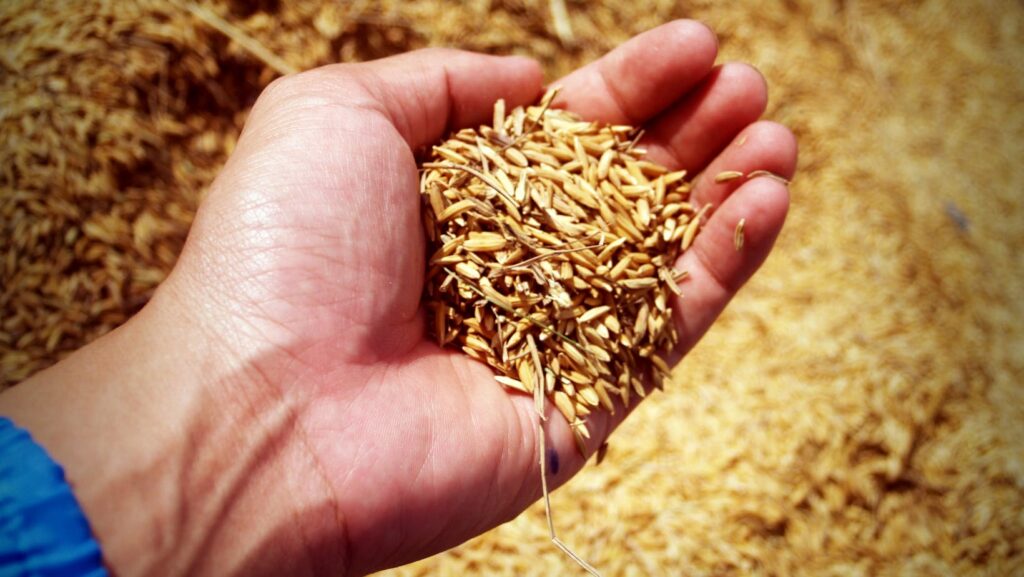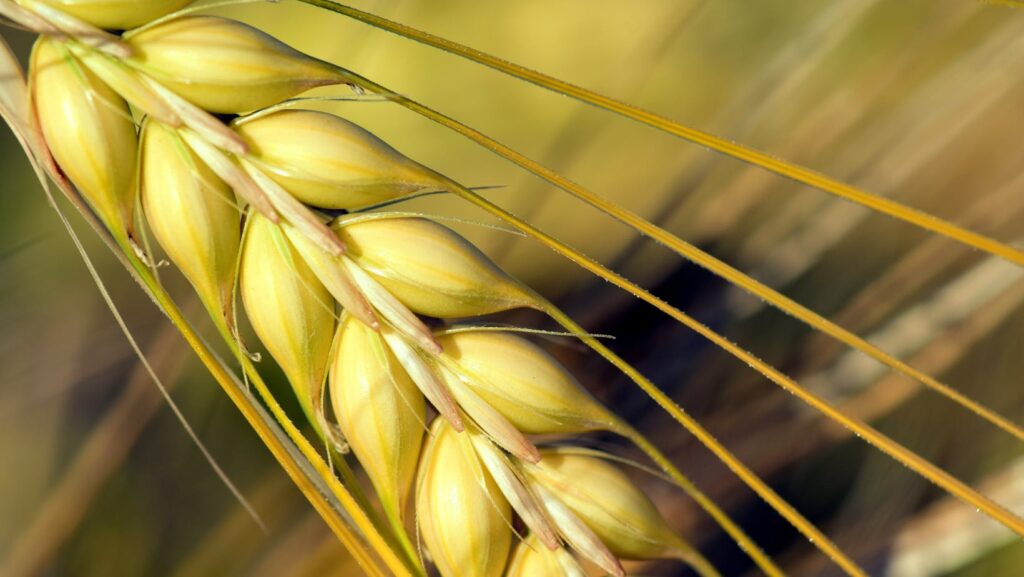Ever wondered how to transform humble barley into a mouth-watering meal? You’re not alone. Barley, an ancient grain packed with nutrients, is often overlooked in the kitchen. But with the right techniques, you can turn this underdog into a culinary superstar.
In this article, we’ll explore various barley cooking techniques that’ll help you unlock the grain’s full potential. From simmering to soaking, we’ll guide you through the steps to achieve perfect, fluffy barley every time.

Barley Cooking Techniques
In continuation with the previously discussed cooking techniques, let’s delve deeper into the fundamentals of barley. This incorporates understanding the various types of barley and the importance of preparation steps such as rinsing and soaking.
Types of Barley
Diverse varieties of barley exist, however, for culinary purposes, you’re most likely to encounter three main types:
- Hulled Barley: This variety retains its tough, inedible outermost hull during harvesting. It’s the whole grain form of barley, offering the rich, unmitigated barley flavor.
- Pearled Barley: Pearled barley, as suggested by its name, undergoes a process where the coarse outer hull and some of the bran layer get removed, resulting in a rounded, smooth grain.
- Quick Barley or Instant Barley: This term corresponds to barley that’s been pre-cooked, dried, and rolled for a more expedient cooking time. While quicker, it retains less nutritional value compared to hulled and pearled barley.
Rinsing and Soaking Barley
Preparation plays a vital role in the outcome of your barley dish. Let’s look at how rinsing and soaking optimize the cooking process:
- Rinsing Barley: Before cooking, rinse barley under cold water to remove any residual dirt or impurities. Keep rinsing until the runoff water appears clear, indicating that the grains are clean.
- Soaking Barley: After rinsing, soak barley for a few hours, or preferably overnight. While not compulsory, soaking softens the grain, accelerates the cooking time, and helps in enhancing the grain’s digestibility.
By incorporating these preparation steps, you’re one step closer to mastering the art of barley cooking, unlocking its undeniable culinary potential.

Enhancing Barley Dishes
In the pursuit of making barley more appealing on your plate, there’s more to understanding the art of seasoning and pairing it with the right ingredients.
Flavoring Techniques
Barley boasts a deliciously nutty taste and chewy texture, but it’s a canvas that invites more flavors. Amp up your barley dishes with these flavoring techniques.
- Broth infusion: Cooking barley in vegetable or chicken broth imparts a flavor depth that plain water just can’t offer. For one cup barley, use two cups broth.
- Herb delight: Fresh or dried herbs like thyme, bay leaves or rosemary, added while boiling, take the flavor profile a notch higher.
- Spice infusion: Consider adding spices such as curry powder or cumin to imbue the grains with an inviting aroma and taste. Champion the spice infusions by toasting them lightly before adding to the pot.
Remember, imbuing flavors isn’t a one-time affair, so taste and adjust the seasoning as your barley cooks.
Complementary Ingredients
Pairing barley with the right ingredients can not only enhance its taste, but also broadens the dish’s nutrient profile. Here’s a list of ingredients that beautifully complement barley:
- Vegetables: Incorporate colorful vegetables such as bell peppers, tomatoes or zucchini into your barley dish for a satisfying meal.
- Proteins: Beans, lean meats, or tofu pose as excellent protein contenders for your barley bowls.
- Nuts and Seeds: Almonds, walnuts or flaxseeds bring in a crunch, amplifying the texture game of your barley dish.
In the end, your dish doesn’t just become a sight for sore eyes, but a nutrition-packed, satisfying meal too. So get creative and make barley the star ingredient of your next dish.
Endless Possibilities
Barley’s versatility doesn’t end in your kitchen – it’s a global staple, gracing tables from Scotland to South Korea. So, why not start your barley culinary journey today? Whether it’s a hearty Barley Porridge for breakfast, a comforting Orzotto for dinner, or a refreshing Bori-cha to quench your thirst, the possibilities are endless.
